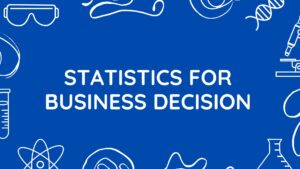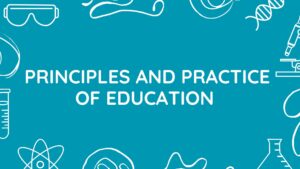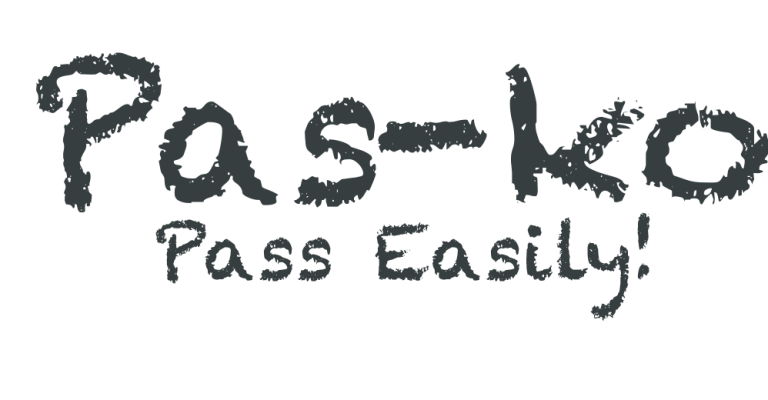SECTION B
Answer ANY TWO (2) Questions from this section
SECTION A
Question 1
(a) Suppose that the government increases expenditures by GHS150
billion while increasing taxes by GHS150 billion. Suppose further
that the MPC is 0.80 and that there is no crowding out or accelerator
effects.
i. What are the combined effects of these changes? (4 Marks)
ii. Why is the combined change not equal to zero? (3 Marks)
(b) What effects will each of the following have on equilibrium rate of
interest? (You should consider which way the demand and/or supply
curves of money shift.)
i. Banks find that they have a higher liquidity ratio than needed. (3 Marks)
ii. A rise in incomes. (3 Marks)
iii. A growing belief that interest rates will rise from their current
level. (3 Marks)
c) Why is it difficult to use fiscal policy to ‘fine tune’ the economy? (4 Marks)
Question 2
a) Explain the conditions under which a reduction in unemployment be
accompanied by each of the following:
i. an increase in inflation (4 Marks)
ii. a decrease in inflation? (4 Marks)
b) ‘The existence of a budget deficit or a budget surplus tells us very
little about the stance of fiscal policy.’ Explain (12 Marks)
Question 3
(a) Imagine that two countries, Richland and Poorland, can produce just
two goods, computers and coal. Assume that for a given amount of
land and capital, the output of these two products requires the
following constant amounts of labour:
|
|
Richland |
Poorland |
| 1 Computer |
2 |
4 |
|
100 tones of Coal |
4 |
5 |
Assume that each country has 20 million workers.
i. If there is no trade, and in each country 12 million workers
produce computers and 8 million workers produce coal,
(i-a) how many computers and tonnes of coal will each country
produce? (2 Marks)
(i-b) What will be the total production of each product? (2 Marks)
ii. What is the opportunity cost of ‘a computer in (1) Richland; (2)
Poorland?
iii. What is the opportunity cost of 100 tonnes of coal in (1)
Richland: (2) Poorland? (4 Marks)
iv. Which country has a comparative advantage in which product
and why?
(b) What is the relationship between the balance of payments and the
rate of exchange? (5 Marks)
Question 4
(a) Distinguish between policy targets, policy instruments and
policy goals in government management of the macroeconomy? (6 Marks)
(b) With the aid of the Phillips’ curve, explain what happens to
unemployment in the short-run and in the long-run if central bank
unexpectedly pursues contractionary monetary policy. (8 Marks)
(c) Suppose that consumers become pessimistic about the future
health of the economy.
i. What will happen to aggregate demand and to output? (3 Marks)
ii. What might a government have to do to keep output
stable? (3 Marks)




